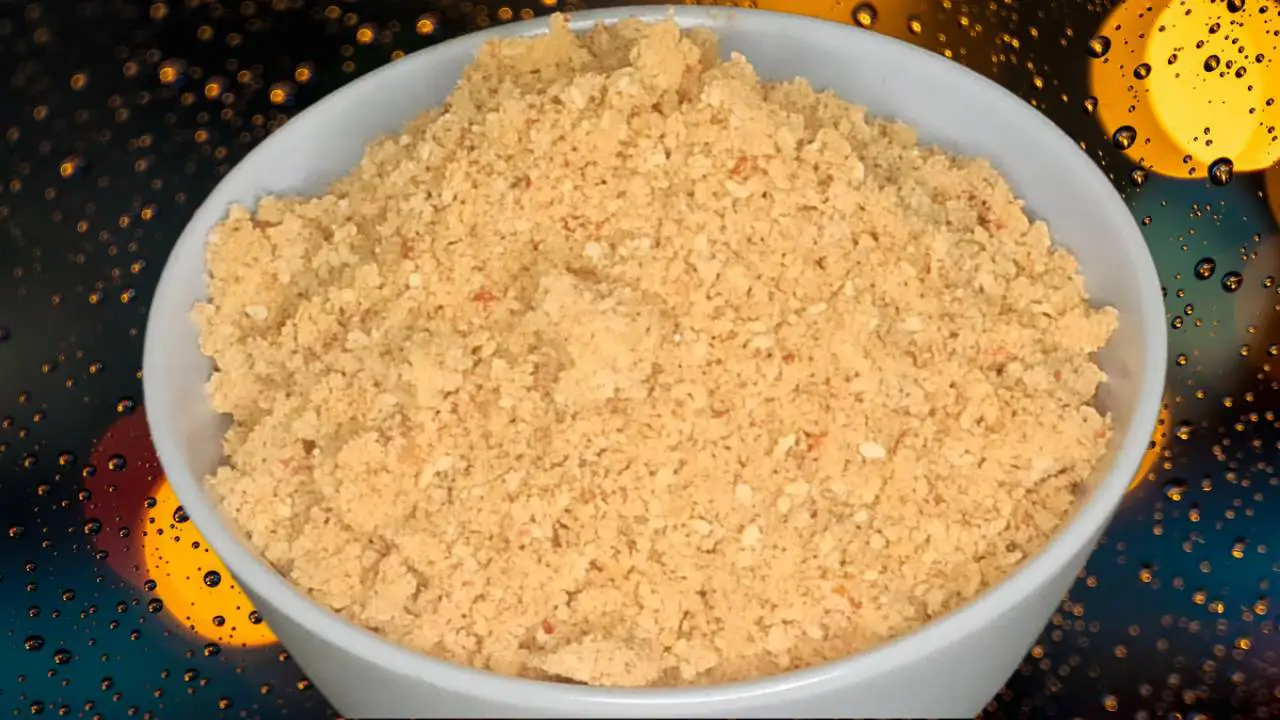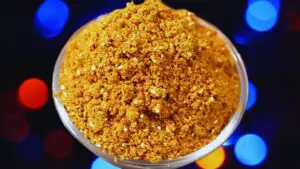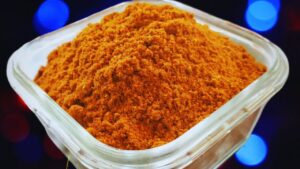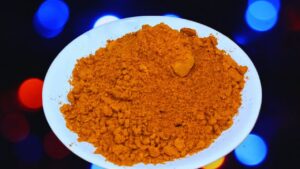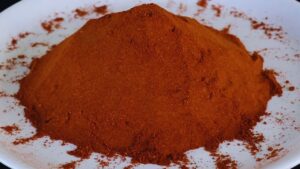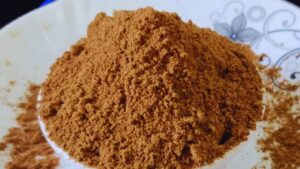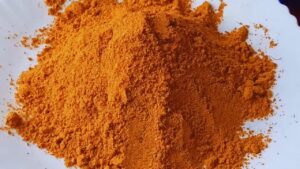Sesame seed powder is a versatile blend of white sesame seeds, dry red chilies, and cumin seeds, made through a step-by-step process of gentle roasting and controlled grinding.
Here are the steps to make sesame seed powder at home.
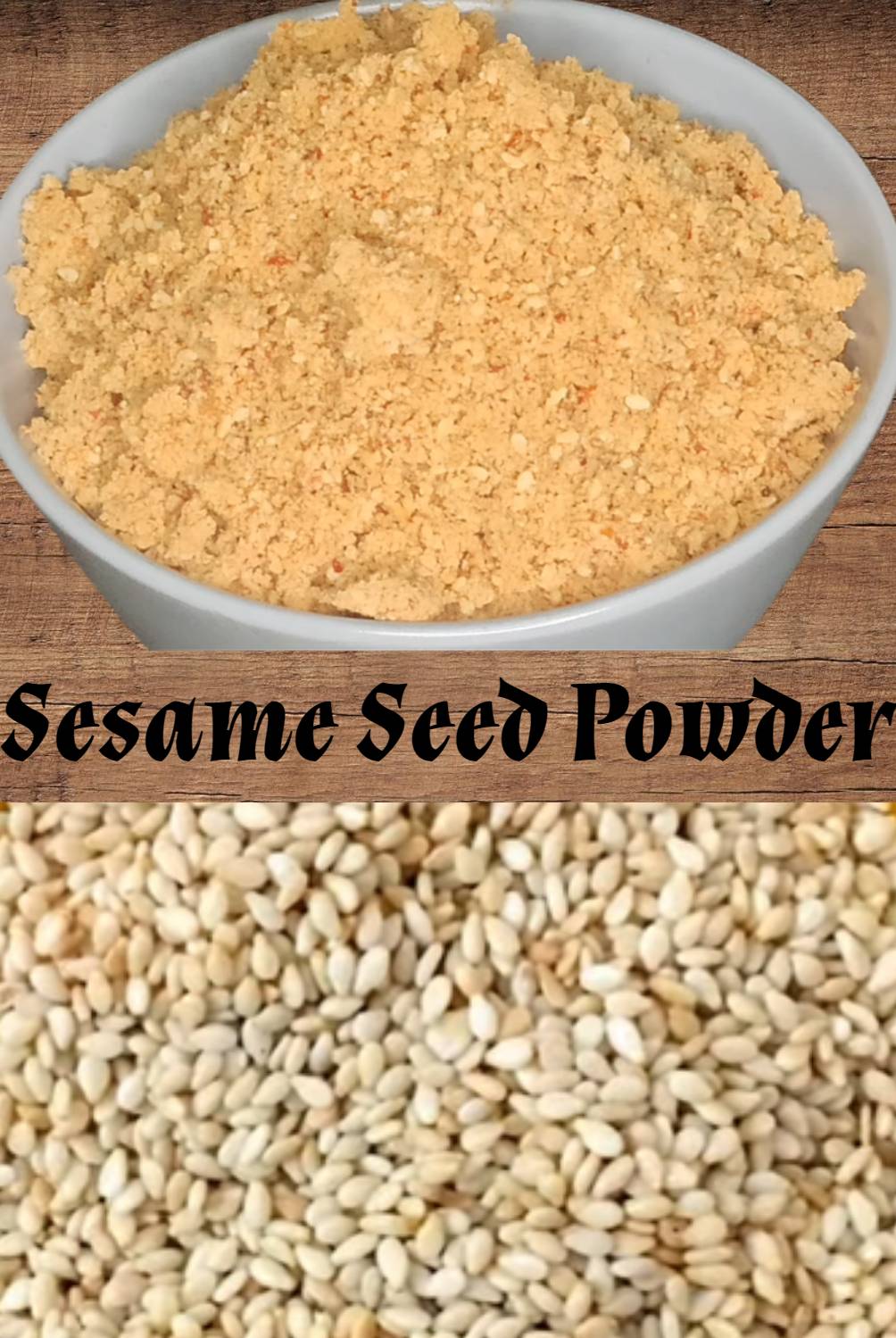
KEY TAKEAWAYS
- Sesame seed powder enhances culinary possibilities.
- Store it in an airtight container.
- Use the powder in salads, stir-fries, and more.
- Sesame seed powder tastes nutty, offering a slightly spicy and savory undertones.
- Powders of black sesame seed offer a somewhat similar taste.
How to Make Sesame Seed Powder? (Step by Step Guide with Images)
Step 1: Take a wok or a frying pan. Heat it on a low flame on your gas stove. When it is hot enough, put 2.5 cups of white sesame seeds in it.
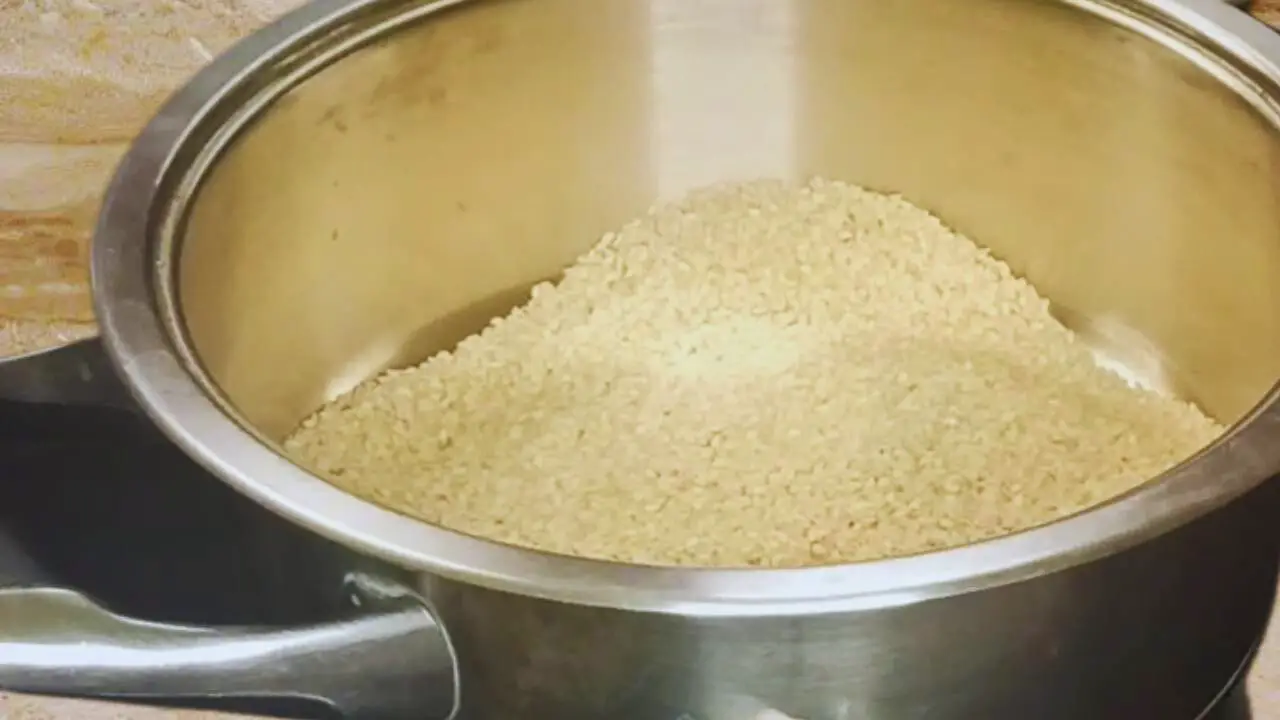
Step 2: Stir the content continuously to dry roast them until the white seeds turn slightly golden-brown in color.

(Pro tip: Make sure that you keep the flame low. This will prevent over-roasting of the sesame seeds or getting burnt. In that case, it will affect the taste, color, and flavor of the powder eventually).
Step 3: Transfer the roasted sesame seeds from the hot wok to a plate and set it aside for some time so that the seeds cool off completely at room temperature.

(Pro tip: Transfer the seeds immediately. This will stop the cooking process. You may spread the seeds evenly on the plate. This will expedite the cooling process).
Step 4: While the sesame seeds cool off, in the meantime, put 5 to 6 pieces of dry red chilies without their stem in the wok. Stir them continuously to prevent them from getting burnt until you can smell the aroma of roasted dry red chilies. When done, transfer them to a separate plate and let it cool.
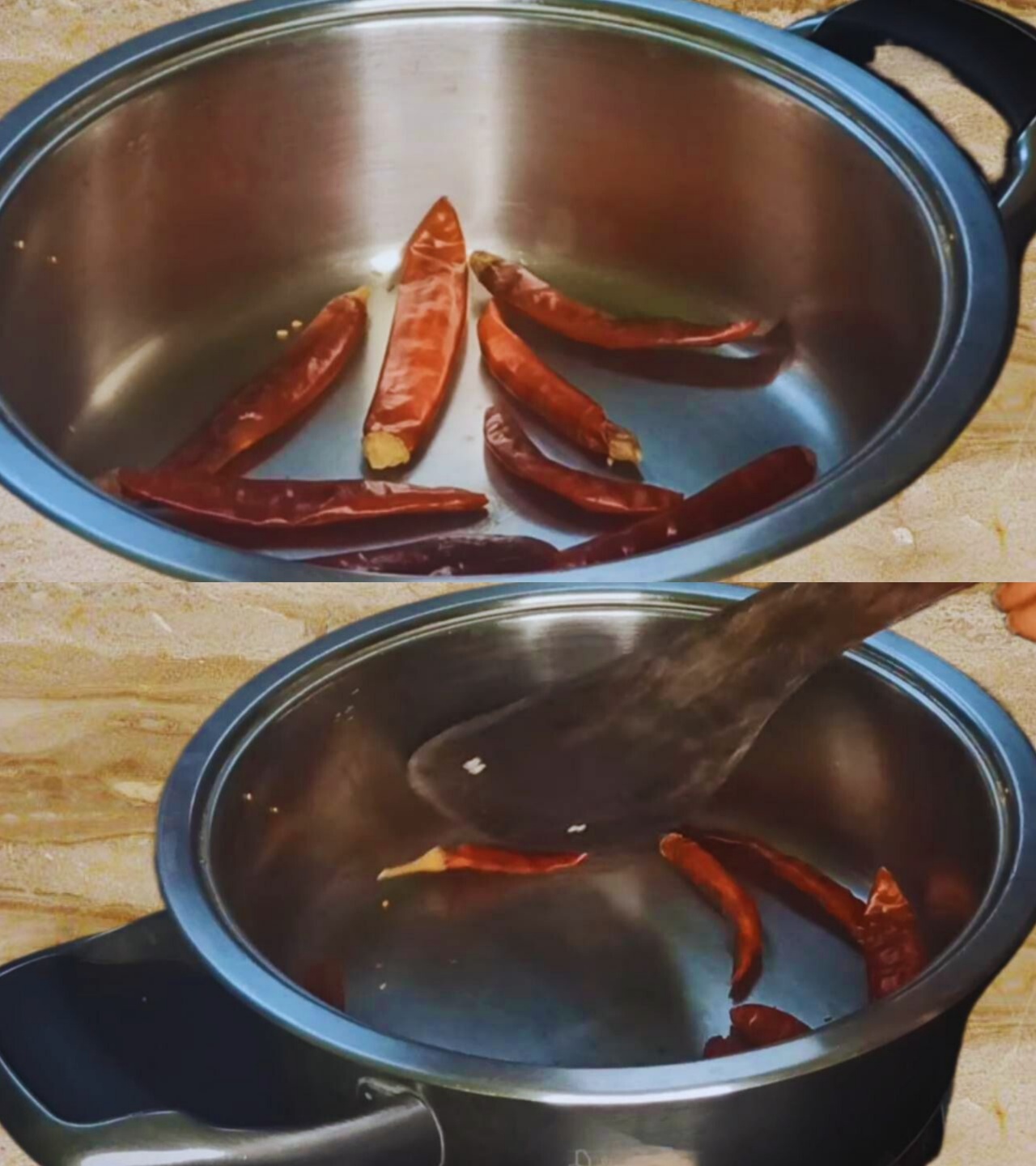
Step 5: Now, in the hot wok, put 2 tbsp of cumin seeds and dry roast them nicely until they become slightly brown in color.
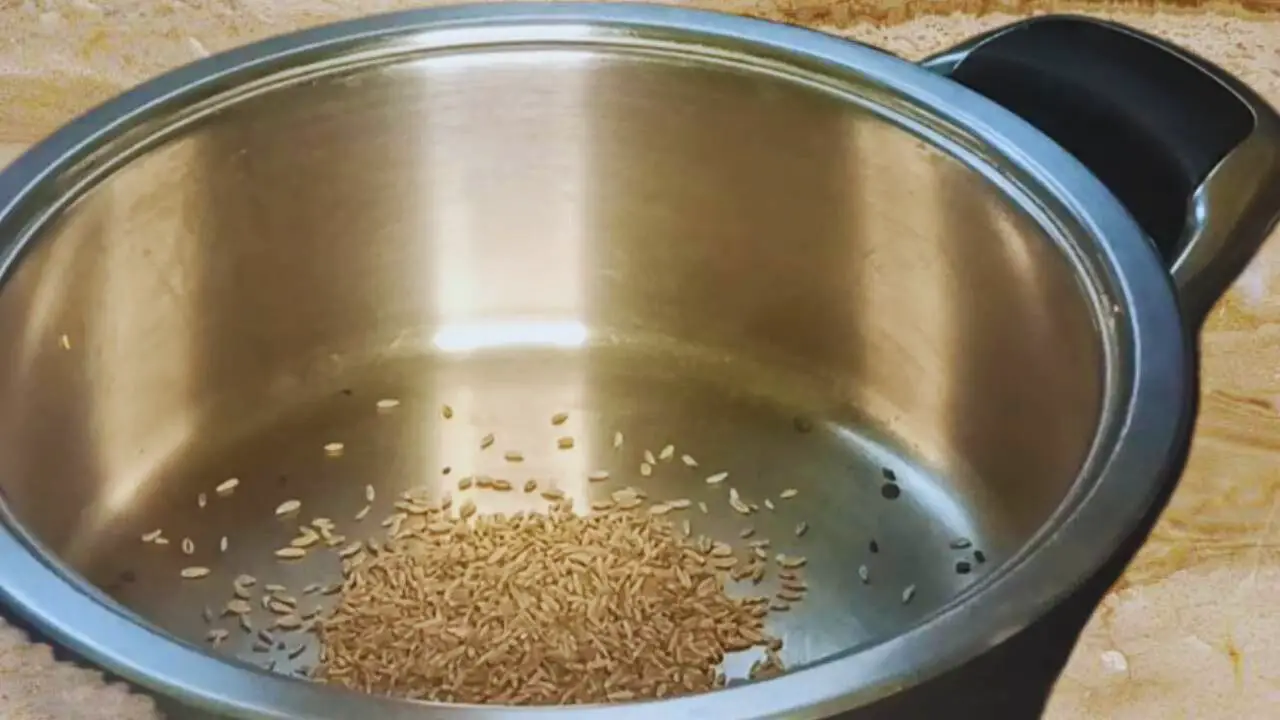
Step 6: When done, transfer the roasted cumin seeds to a separate plate alongside the roasted dry red chilies. Let it cool down completely at room temperature as well. 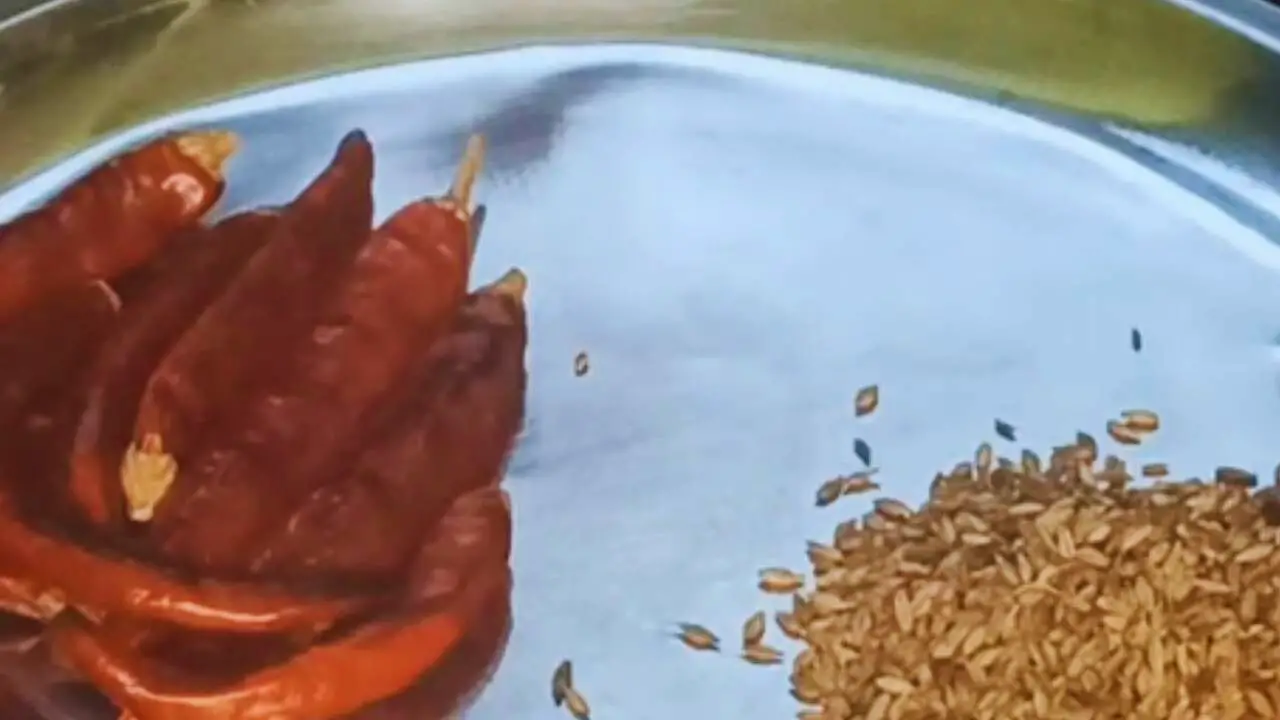
Step 7: When the ingredients have cooled down completely, take a clean and dry grinder and transfer the roasted dry red chilies and cumin seeds to it first.
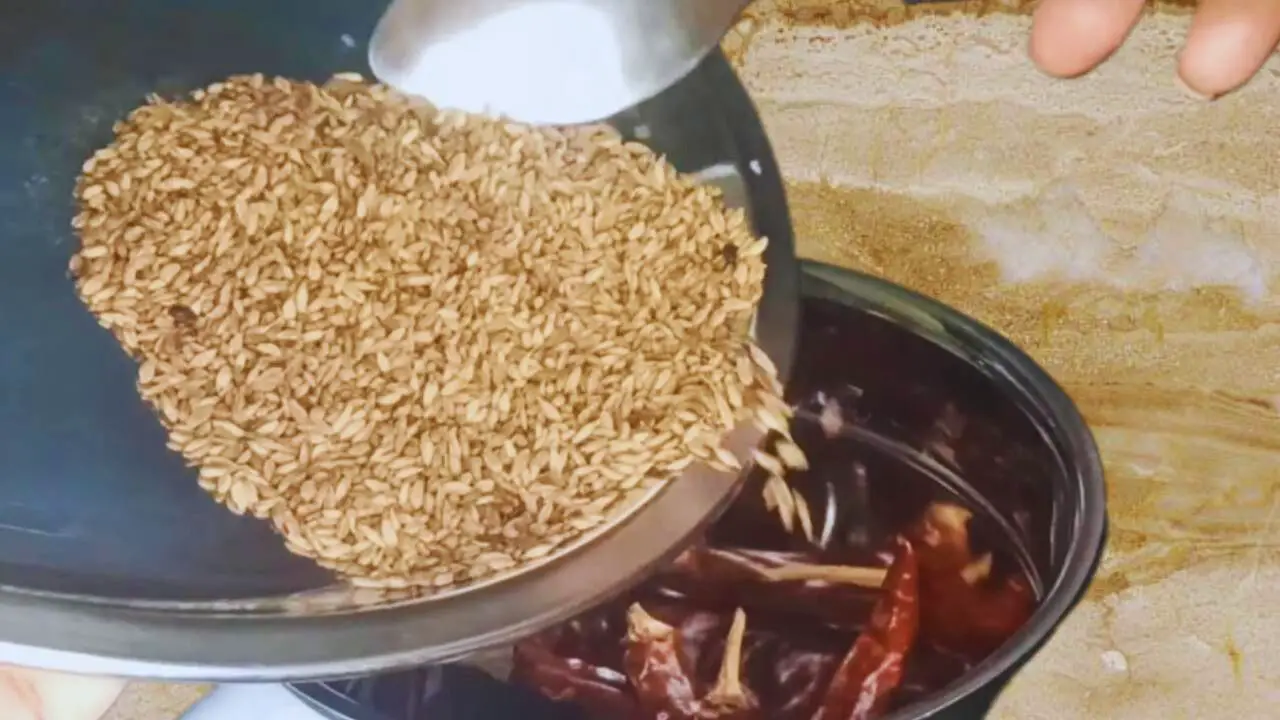
Step 8: Now, add 1 tsp of regular table salt to the ingredients in the grinder.
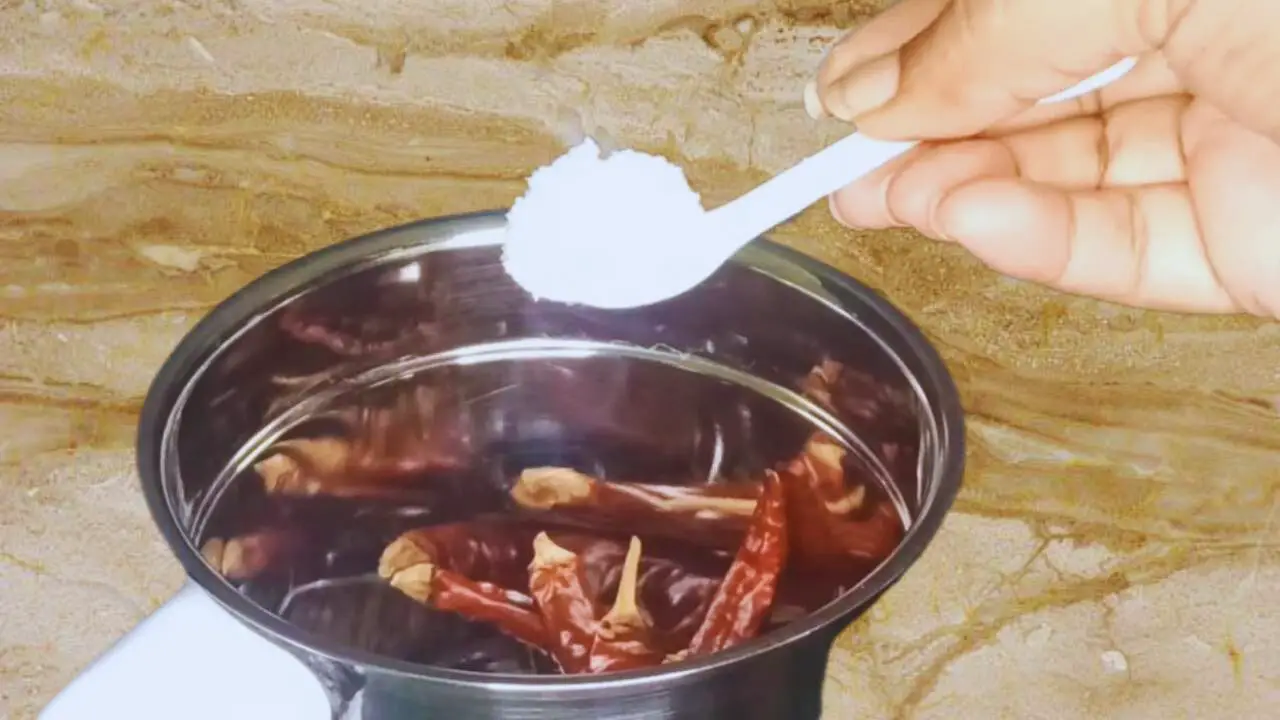
(Pro tip: You may adjust the quantity of salt according to your preference or if you are making a larger quantity of powder).
Step 9: Grind them to a relatively coarse powder. Check the texture. It should be free-flowing.
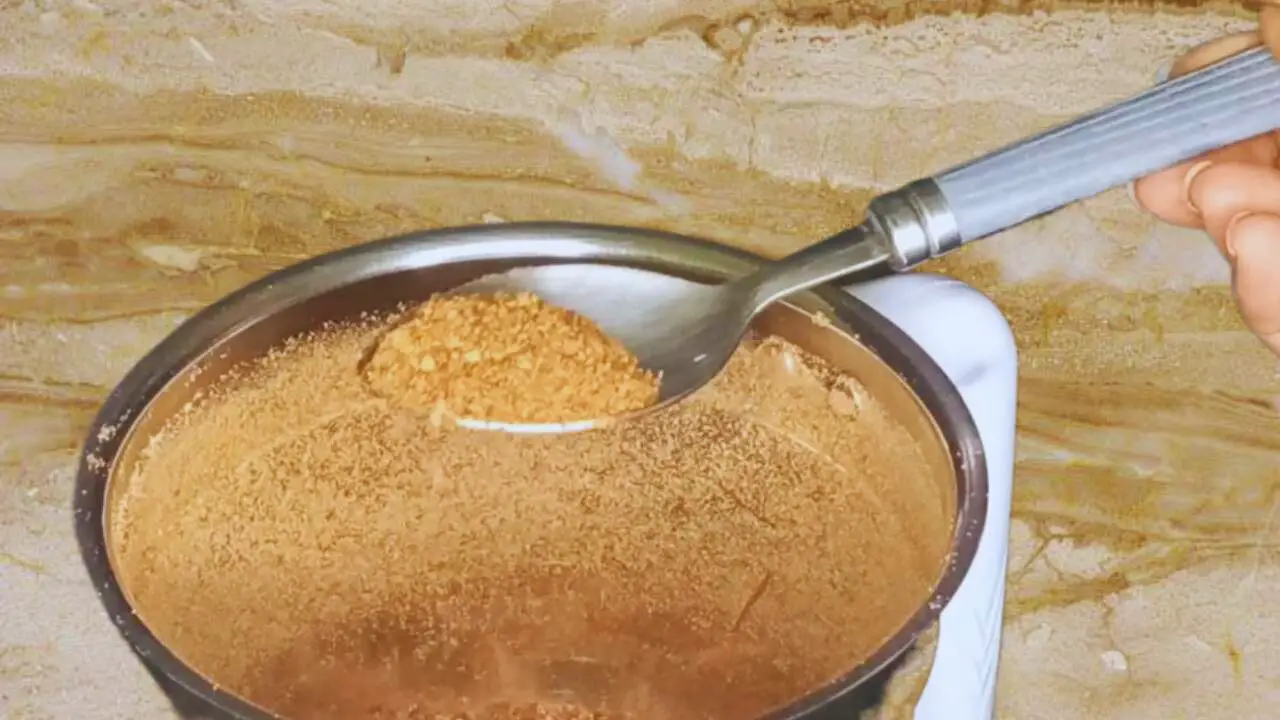
Step 10: Now add the roasted sesame seeds to the ground spices in the grinder.
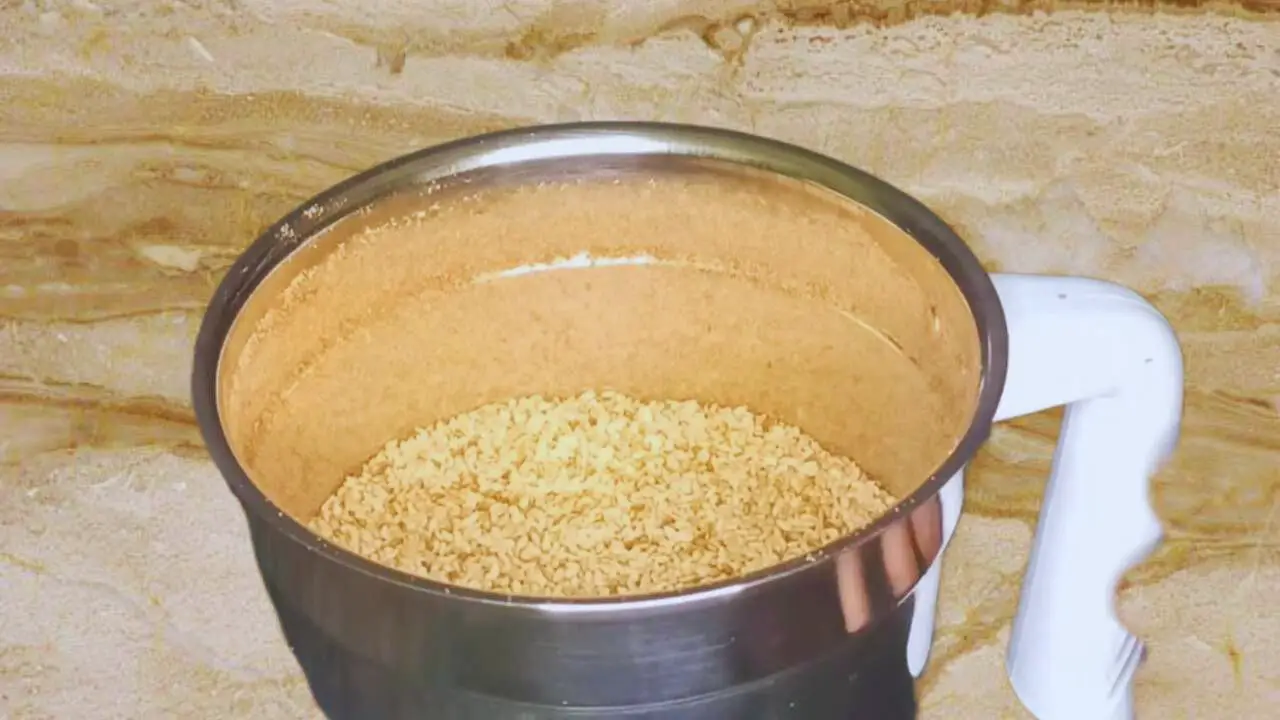
Step 11: Grind them nicely to get a powder. Check the texture. If you want a smoother and finer texture, you may grind it a couple of more times. However, I prefer a coarse powder.
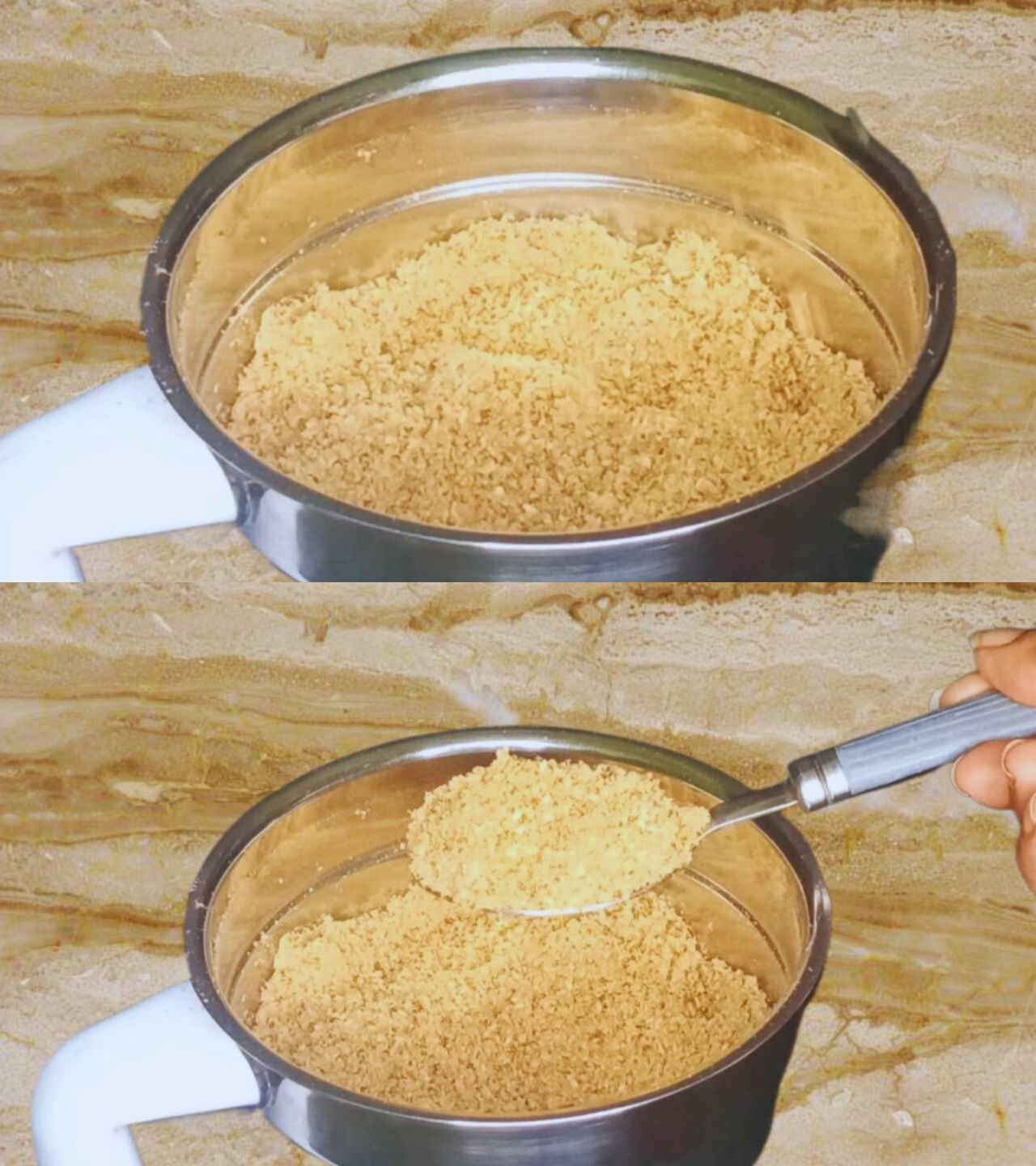
(Pro tip: Make sure you do not grind them for a long time. Intermittent grinding will prevent heat buildup of the rotating motor and clumping of the powder as a result).
Step 12: When you are happy with the texture of the powder, transfer it to a bowl from the grinder, and your homemade sesame seed powder is ready to be used.
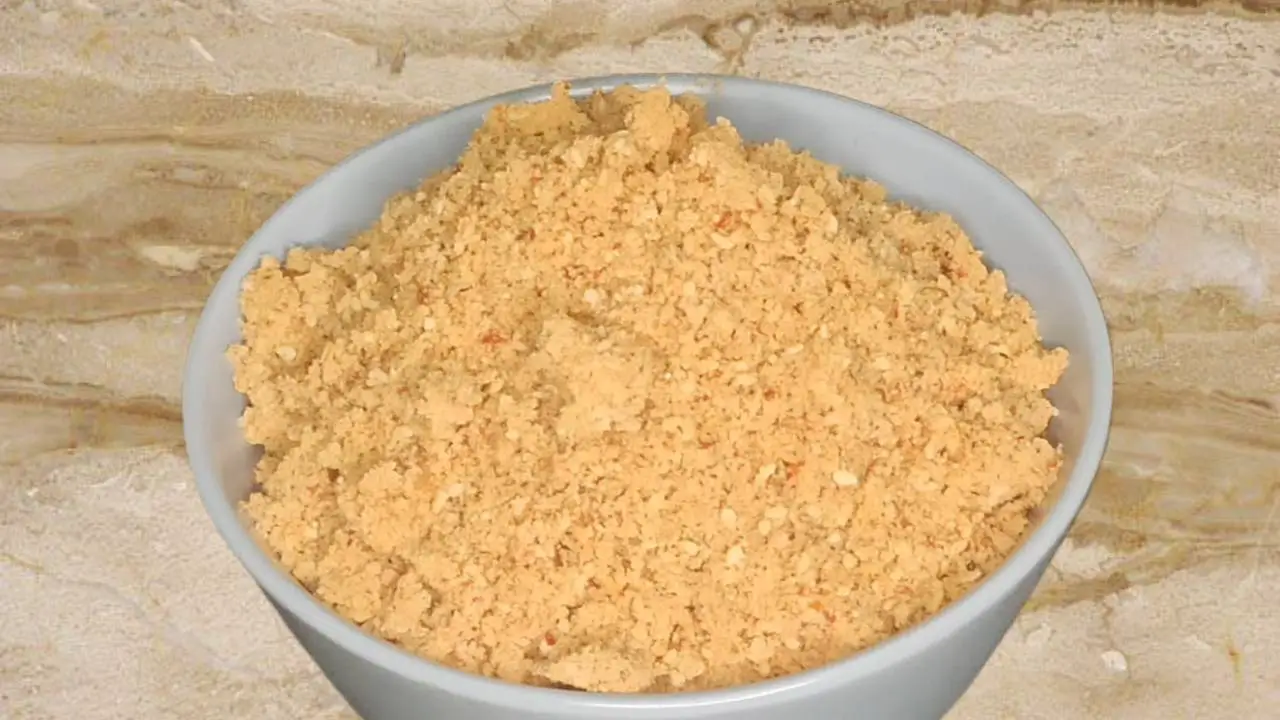
Recipe Card
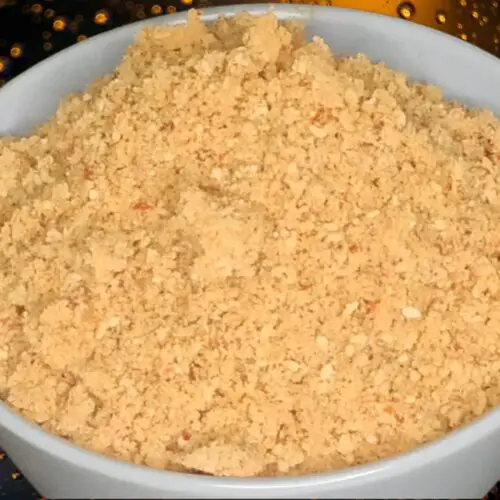
Sesame Seed Powder
Ingredients
- 2½ cups White Sesame seeds
- 5 pieces Dry red chilies
- 2 tbsp Cumin seeds
- 1 tsp Table salt
Instructions
- Take a wok or a frying pan. Heat it on a low flame on your gas stove. When it is hot enough, put 2.5 cups of white sesame seeds in it.
- Stir the content continuously to dry roast them until the white seeds turn slightly golden-brown in color.(Pro tip: Make sure that you keep the flame low. This will prevent over-roasting of the sesame seeds or getting burnt. In that case, it will affect the taste, color, and flavor of the powder eventually).
- Transfer the roasted sesame seeds from the hot wok to a plate and set it aside for some time so that the seeds cool off completely at room temperature.(Pro tip: Transfer the seeds immediately. This will stop the cooking process. You may spread the seeds evenly on the plate. This will expedite the cooling process).
- While the sesame seeds cool off, in the meantime, put 5 to 6 pieces of dry red chilies without their stem in the wok. Stir them continuously to prevent them from getting burnt until you can smell the aroma of roasted dry red chilies. When done, transfer them to a separate plate and let it cool.
- Now, in the hot wok, put 2 tbsp of cumin seeds and dry roast them nicely until they become slightly brown in color.
- When done, transfer the roasted cumin seeds to a separate plate alongside the roasted dry red chilies. Let it cool down completely at room temperature as well.
- When the ingredients have cooled down completely, take a clean and dry grinder and transfer the roasted dry red chilies and cumin seeds to it first.
- Now, add 1 tsp of regular table salt to the ingredients in the grinder.(Pro tip: You may adjust the quantity of salt according to your preference or if you are making a larger quantity of powder).
- Grind them to a relatively coarse powder. Check the texture. It should be free-flowing.
- Now add the roasted sesame seeds to the ground spices in the grinder.
- Grind them nicely to get a powder. Check the texture. If you want a smoother and finer texture, you may grind it a couple of more times. However, I prefer a coarse powder.(Pro tip: Make sure you do not grind them for a long time. Intermittent grinding will prevent heat buildup of the rotating motor and clumping of the powder as a result).
- When you are happy with the texture of the powder, transfer it to a bowl from the grinder, and your homemade sesame seed powder is ready to be used.
Notes
- I always use high-quality sesame seeds to make a powder of it. This offers a rich and authentic flavor and taste.
- Roast the sesame seeds slightly on a low flame. Stir continuously. Burning them will render an unpleasant and bitter taste.
- Transfer the hot sesame seeds to a plate and spread them evenly to cool them down quickly.
- Roast each ingredient individually and cool them separately.
- I typically grind the ingredients in short intervals. This prevents heat buildup and clumping.

